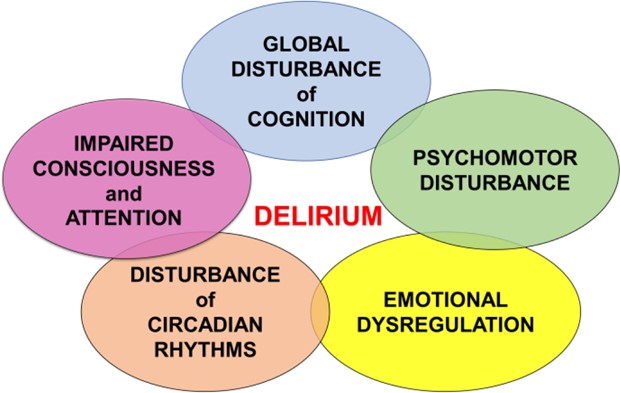What tort is committed by an assistive personnel who threatens to put a client in restraints for not following a provider's prescription for strict bed rest?
Assault.
Defamation of character.
False imprisonment.
Battery.
The Correct Answer is A
This tort is committed by an assistive personnel who threatens to put a client in restraints for not following a provider’s prescription for strict bed rest because assault is defined as an intentional act that causes another person to fear that they will be harmed.
Choice B is wrong because defamation of character is not the tort committed in this situation.
Defamation of character involves making false statements that harm another person’s reputation.
Choice C is wrong because false imprisonment is not the tort committed in this situation.
False imprisonment involves intentionally restricting another person’s freedom of movement without their consent.
Choice D is wrong because the battery is not the tort committed in this situation.
Battery involves intentionally touching another person in a harmful or offensive manner without their consent.
Nursing Test Bank
Naxlex Comprehensive Predictor Exams
Related Questions
Correct Answer is A
Explanation
A nurse should apply a bath blanket between the client and a cooling blanket when caring for a client who has a high fever.
This can help regulate the temperature of the environment and make it more comfortable for the patient.
Choice B is wrong because placing ice packs on the client’s neck and behind the knees is not recommended as it can cause further problems.
Choice C is wrong because giving the client a sponge bath using an alcohol-water solution is not recommended.
Choice D is wrong because covering the client with heavy blankets after the shivering subsides is not recommended as it can increase body temperature.
Correct Answer is D
Explanation
“Delirium has an abrupt onset.” Delirium is a serious change in mental abilities that results in confused thinking and a lack of awareness of someone’s surroundings.
The disorder usually comes on fast — within hours or a few days.

Choice A is wrong because delirium does affect a client’s perception of her environment.
Choice B is wrong because delirium does not have a slow progression, but rather an abrupt onset.
Choice C is wrong because delirium can affect a client’s sleep cycle.
Whether you are a student looking to ace your exams or a practicing nurse seeking to enhance your expertise , our nursing education contents will empower you with the confidence and competence to make a difference in the lives of patients and become a respected leader in the healthcare field.
Visit Naxlex, invest in your future and unlock endless possibilities with our unparalleled nursing education contents today
Report Wrong Answer on the Current Question
Do you disagree with the answer? If yes, what is your expected answer? Explain.
Kindly be descriptive with the issue you are facing.
